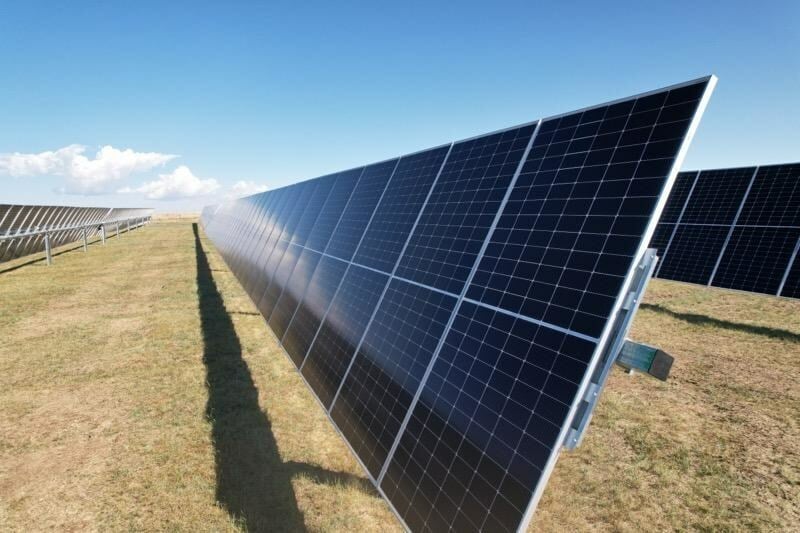
US energy company Southern Power has commissioned its 150MW South Cheyenne Solar project in Laramie County, in the state of Wyoming.
The company acquired the project from PV manufacturer QCells last September, and began construction immediately, with QCells remaining involved as the engineering, procurement and construction (EPC) provider. Southern Power has also signed a 20-year power purchase agreement (PPA) with a data centre manager and Cheyenne Light, Fuel and Power, a subsidiary of energy firm Black Hills Energy, to use power generated at the project.
Try Premium for just $1
- Full premium access for the first month at only $1
- Converts to an annual rate after 30 days unless cancelled
- Cancel anytime during the trial period
Premium Benefits
- Expert industry analysis and interviews
- Digital access to PV Tech Power journal
- Exclusive event discounts
Or get the full Premium subscription right away
Or continue reading this article for free
“We are thrilled to announce that South Cheyenne Solar has reached commercial operation, marking a significant milestone for our team and all who have worked tirelessly on this project, and we are equally excited to see our footprint expand with our first operational site in Wyoming,” said Southern Power president Robin Boren.
The project is Southern Power’s 30th solar plant, and its first in Wyoming to reach commercial operation, pushing the total capacity of the company’s solar portfolio to 2.7GW. The company’s total renewables portfolio has a capacity of 5.2GW, so the majority of its clean energy capacity is now provided by solar projects.
The news is also a positive development for the Wyoming solar sector more broadly, which has one of the smallest solar markets in the US. According to the Solar Energy Industries Association (SEIA), Wyoming had just 124MW of capacity in operation at the end of 2023, meaning that the commissioning of the South Cheyenne project has more than doubled the state’s operating capacity.
The SEIA expects Wyoming to add 685MW of new capacity between now and 2028, the 43rd-most among US states, as part of the association’s target of solar accounting for 30% of US electricity generation by 2030.






